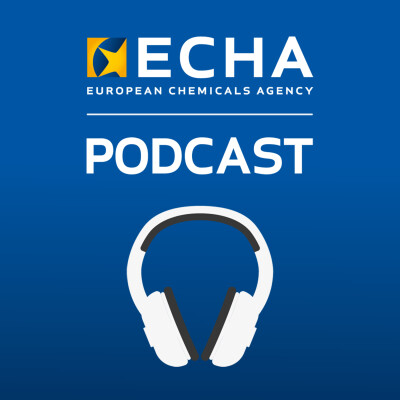Description
Whether you work with chemicals, have an interest in how chemicals affect us and the environment or work as a journalist or decision-maker in the field of manufactured chemicals, the Safer Chemicals Podcast is for you.
We give you the latest updates on how chemicals are being regulated in the EU and what harmful chemicals are being phased out.
Listen to expert views on chemical safety in the EU and join the scientific discussion on key topics including microplastics, glyphosate, endocrine disruptors, chemicals used in tattoo inks, and much more.
Hosted by Adam Elwan and Päivi Jokiniemi from the European Chemicals Agency (ECHA).
Visit our website: https://echa.europa.eu/
Hosted on Ausha. See ausha.co/privacy-policy for more information.
